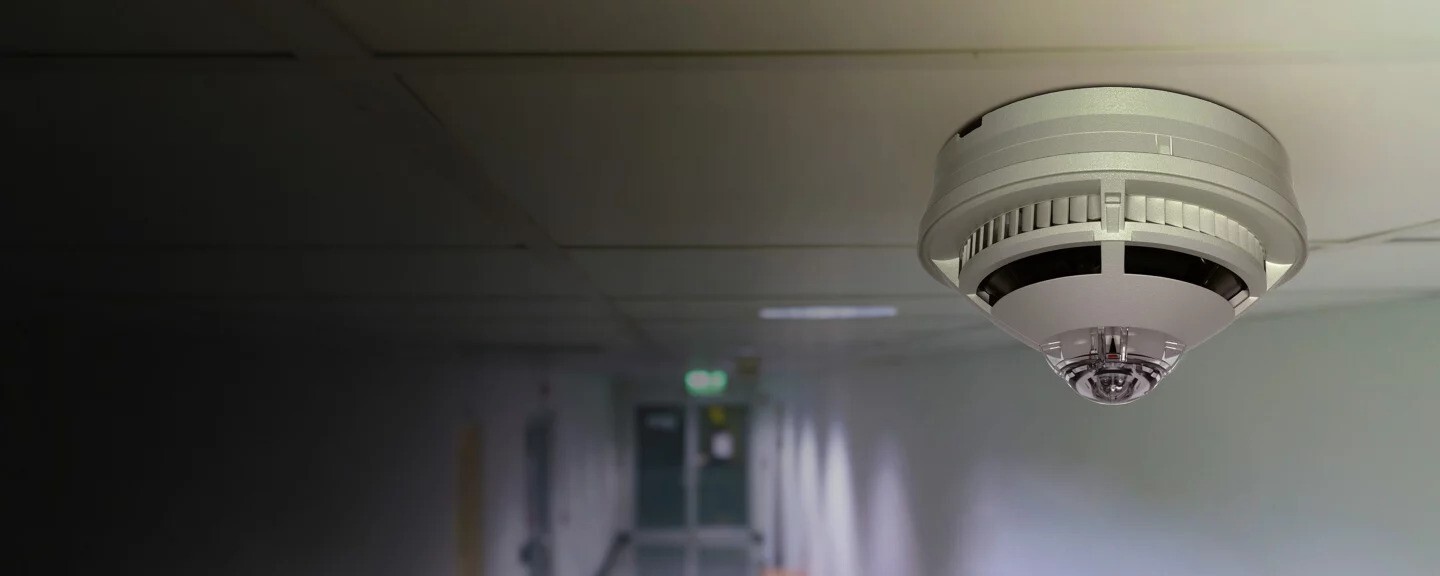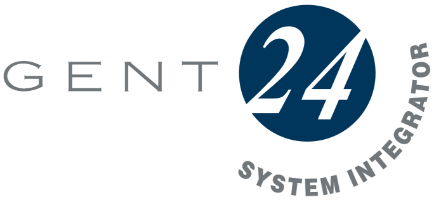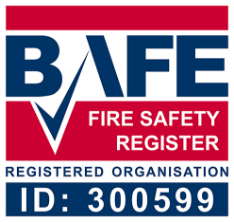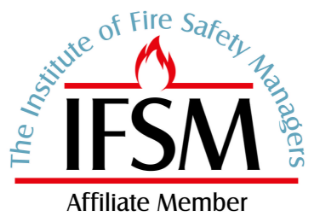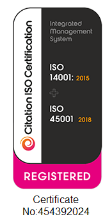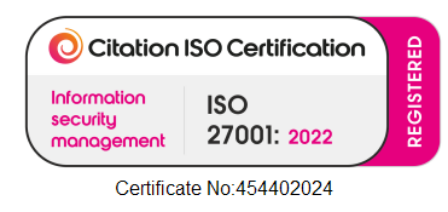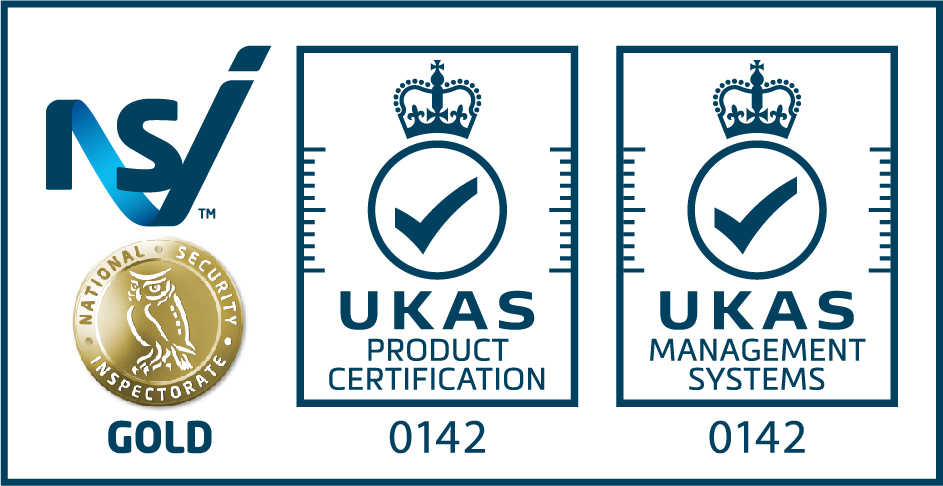In modern commercial buildings, Emergency Lighting isn’t just a safety feature – it’s a critical system that saves lives when primary power fails during emergencies. Emergency Lighting provides the illumination required when the supply to normal lighting fails, enabling the safe exit from a building. For business owners and facility managers responsible for commercial properties, understanding and implementing the right emergency lighting system is essential for regulatory compliance and, more importantly, for protecting everyone on your premises.
At Logic Fire and Security, we understand that your responsibility for people’s safety weighs heavily on your shoulders. Our comprehensive Emergency Lighting solutions ensure your building remains safely illuminated during power outages, fire incidents, or other emergencies – providing that crucial peace of mind that comes with knowing you’ve taken every precaution to protect occupants and comply with UK regulations, underwritten by our BAFE SP203-4 Third-party Accreditation.
What is Emergency Lighting and Why is it Essential?
Emergency lighting automatically activates when the power supply to normal lighting fails. This could result from a fire or power cut, and without adequate emergency lighting, sudden darkness could lead to physical danger or panic among occupants.
Emergency lighting is subdivided into two main categories:
- Emergency Escape Lighting – Provides illumination for the safety of people evacuating a building or terminating potentially dangerous processes beforehand. This is part of your building’s fire safety provision and is required by The Regulatory Reform (Fire Safety) Order 2005.
- Standby Lighting – Enables normal activities to continue substantially unchanged during a power outage.
Emergency escape lighting itself includes:
- Escape Route Lighting – Identifies escape routes and keeps them sufficiently illuminated, including exit signs and emergency bulkheads.
- Open Area Lighting – Ensures sufficient illumination for occupants to safely reach a place where an escape route can be identified.
- High Risk Task Area Lighting – Provides illumination for people involved in potentially dangerous processes, enabling proper shutdown procedures.
For businesses across the UK, properly installed and maintained emergency lighting systems are non-negotiable for legal compliance and safety assurance.
What Are the Rules for Emergency Lighting?
The British Standard BS 5266-1 provides clear guidelines for emergency lighting design. This standard applies to hotels, clubs, hospitals, nursing homes, schools, colleges, licensed premises, offices, museums, shops, and multi-storey dwellings.
Key requirements include:
Illumination Levels
For defined escape routes (permanently unobstructed), horizontal illumination at floor level along the centre line should not be less than 1 lux, with 0.5 lux for anti-panic areas. For escape routes up to 2m wide, 50% of the route width should be lit to a minimum of 1 lux.
Placement Requirements
Emergency lighting units and signs should be strategically positioned to:
- Clearly show exit routes leading to final exits
- Highlight individual stairways, changes in floor level, corridor intersections, and changes in direction
- Illuminate the outside of each final exit
- Ensure visibility of control/plant rooms, lifts, and toilet areas over 8m²
- Provide clear illumination for fire alarm call points and firefighting equipment
Compliance Documentation
BS 5266 requires written declarations of compliance to be available on-site for inspection. These should detail the quality of the installation and its conformance to IEE regulations. Photometric performance is required, and evidence of compliance with light levels must be supplied by the system designer.
The level of illumination should be closely related to the nature of both the premises and its occupants, with special consideration for care homes, hospitals, crowded venues, and premises with overnight accommodation.
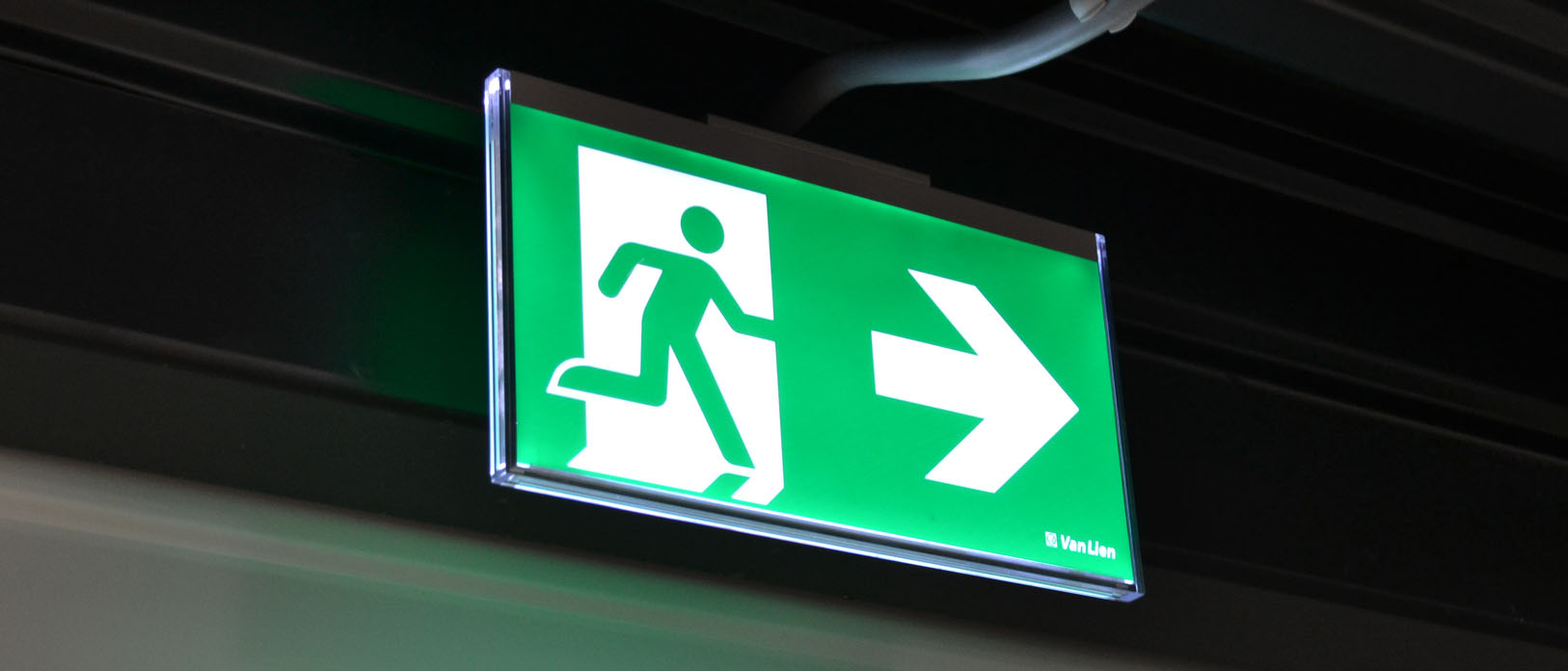
Is Emergency Lighting 1 Hour or 3 Hours?
The minimum duration requirement for an emergency lighting system is 1 hour. However, the specific duration depends on several factors, including how quickly the premises can be evacuated and whether they will be reoccupied immediately after power is restored.
A minimum duration of 3 hours should be used if:
- The premises are not evacuated immediately upon power failure
- The building includes sleeping accommodation (such as hotels)
- The premises will be reoccupied immediately when power is restored, without waiting for batteries to recharge
One hour’s duration is only appropriate if the premises are evacuated immediately on supply failure and not reoccupied until full battery capacity has been restored.
BS 5266 provides detailed information on the recommended duration for various types of premises. At Logic Fire and Security, we can help determine the optimal duration for your specific building and usage patterns.
What is the Fire Safety Order 2005 Emergency Lighting Requirement?
The Regulatory Reform (Fire Safety) Order 2005 is the primary legislation governing fire safety in non-domestic premises in England and Wales. Emergency escape lighting is explicitly included as part of the fire safety provision required by this order.
The HM Government entry-level guides to the RRFSO for different types of non-domestic premises and the communal areas in HMOs each have a section entitled “Further guidance on emergency escape lighting,” which provides additional relevant information.
As the “responsible person” under the RRFSO, you must ensure that:
- Emergency routes and exits requiring illumination are provided with emergency lighting of adequate intensity
- The system is regularly tested and maintained
- Records of all tests and maintenance are kept
Failure to comply with these requirements could result in enforcement action, substantial fines, and even prosecution. More importantly, inadequate emergency lighting could put lives at risk during an emergency evacuation.

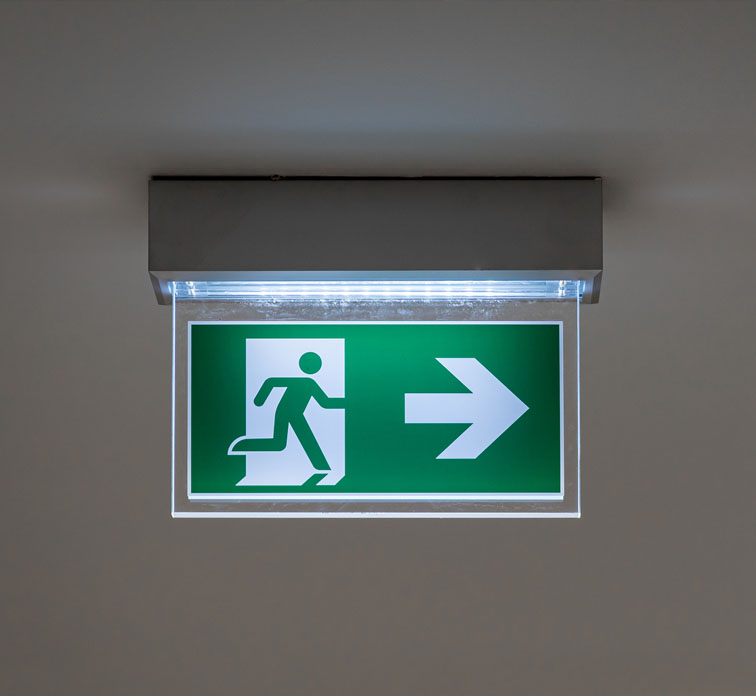
What is the HSE Guidance on Emergency Lighting?
The Health and Safety Executive (HSE) works closely with other regulatory bodies to ensure workplace safety, including emergency lighting provisions. Their guidance aligns with British Standards and emphasizes that:
- Failure to provide adequate, fully functioning emergency lighting could result in large fines and prosecution for noncompliance
- Emergency lighting must be regularly tested and maintained
- Risk assessments should identify areas requiring emergency lighting
- Special attention should be given to high-risk areas and escape routes
Emergency lighting is a vital component of a building’s overall fire safety system and is a legal requirement under the Regulatory Reform (Fire Safety) Order 2005. With the correct emergency lighting and a well-planned evacuation strategy, lives can be saved and risks minimised.
Types of Emergency Lighting Systems
Understanding the different types of emergency lighting systems can help you make informed decisions about what’s best for your premises.
Maintained vs. Non-Maintained Systems
Maintained Fitting: Will operate as a normal light fitting and be permanently illuminated with all other lights in the area. However, when the power fails, the maintained emergency fitting will continue to operate but at a lower light level.
Non-Maintained Fitting: Is normally switched off, with its batteries being continuously charged and a green LED showing fully charged. When the power fails, the fitting switches on using its battery supply. Non-maintained fitting are not part of the general lighting but operate in the event of a mains failure of the building lighting including exit signage.
Self-Contained vs. Central Battery Systems
Self-Contained Systems:
- Faster and cheaper installation
- Standard wiring material can be used
- Low maintenance costs
- Greater system integrity as each luminaire is independent
- System can easily be extended with additional luminaires
- No special sub-circuit monitoring requirements
However, these systems typically have a battery life limited to 2-4 years and require individual testing of each luminaire.
Central Battery Systems:
- Easier maintenance and routine testing with only one location to consider
- Battery life between 5 and 25 years
- Environmentally stable in a protected environment
- Large batteries are cheaper per unit of power
Note: A central battery system offers solutions where all power charging circuits and batteries are centrally located, and all luminaires are connected via protected cabling.
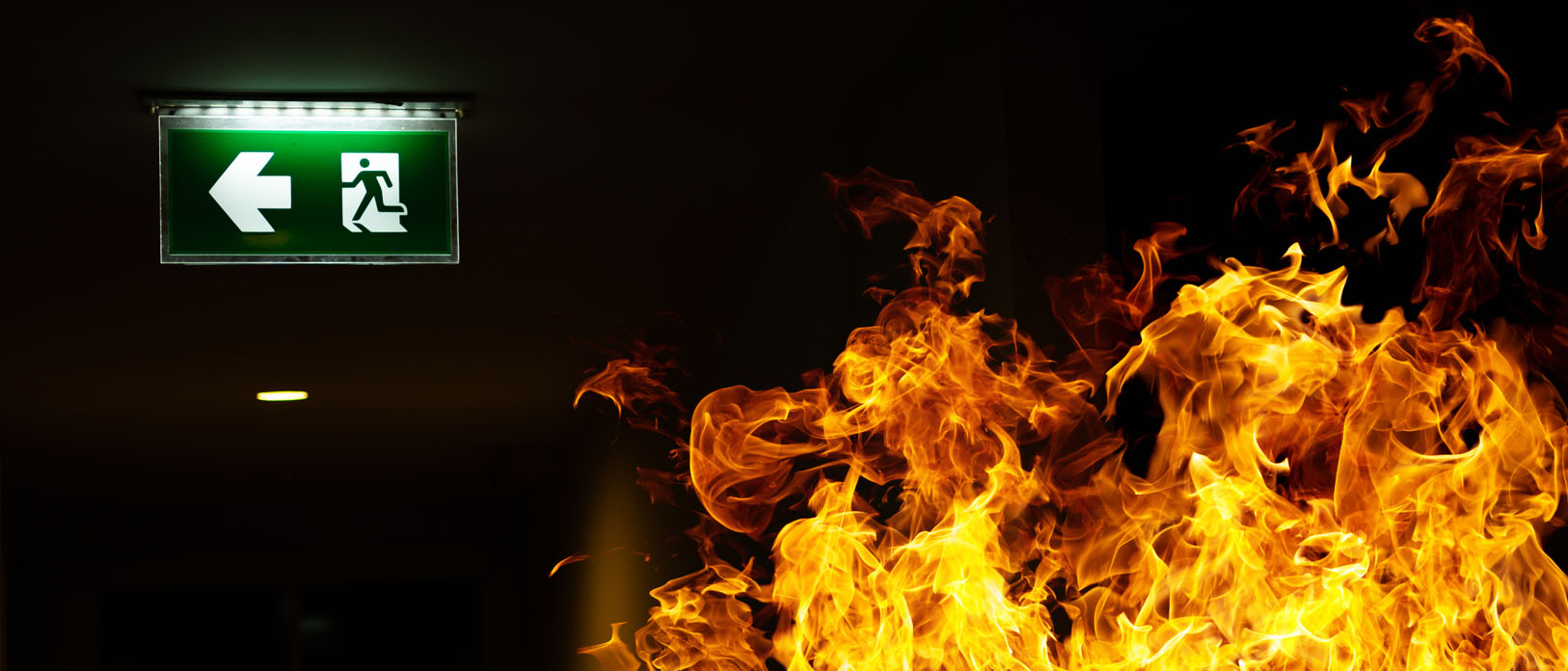
Essential Emergency Lighting Testing and Maintenance
Regular testing and maintenance are not just best practices – they’re legal requirements. BS EN 50172 / BS 5266-8 (Emergency escape lighting systems) specify the minimum provision and testing of emergency lighting for different premises.
The following minimum inspections and tests are required:
Monthly Emergency Lighting Tests: All emergency lighting systems must undergo a short functional test in accordance with BS EN 50172 / BS 5266-8. During this test, all luminaires and signs should be checked to ensure they are present, clean, and functioning correctly.
Annual Emergency Lighting Tests: A full-duration test (e.g., 3 hours) must be carried out annually. The emergency lights must still be working at the end of this test.
The results of monthly and annual tests must be recorded, and any failures detected must be remedied as soon as possible.
At Logic Fire and Security, we offer comprehensive maintenance packages to ensure your emergency lighting system remains fully compliant and operational when you need it most.
Why Choose Logic Fire and Security for Your Emergency Lighting Needs?
As specialists in fire and security systems, Logic Fire and Security brings expertise and reliability to every installation and maintenance service we provide. When you choose us for your emergency lighting solutions, you benefit from:
- Compliance assurance with all relevant UK regulations and standards
- Expert system design tailored to your specific premises
- High-quality, reliable emergency lighting products
- Regular maintenance and testing services
- Comprehensive documentation for regulatory compliance
- Peace of mind knowing your occupants are protected, including those with disabilities
Logic Fire and Security can assess your building’s requirements to make it compliant with current legislation and supply and install the equipment to ensure that your premises is a safe working environment for you and your colleagues.
Contact Us Today
Don’t leave your emergency lighting compliance to chance. Contact Logic Fire and Security today to arrange a comprehensive assessment of your emergency lighting needs.
Call our expert team on 0845 999 3222, email us at sales@logicfireandsecurity.com, or simply fill out the “How Can We Be of Service” form below. Our specialists are ready to provide the guidance and solutions you need to ensure your premises remain safe, compliant, and prepared for emergencies.


